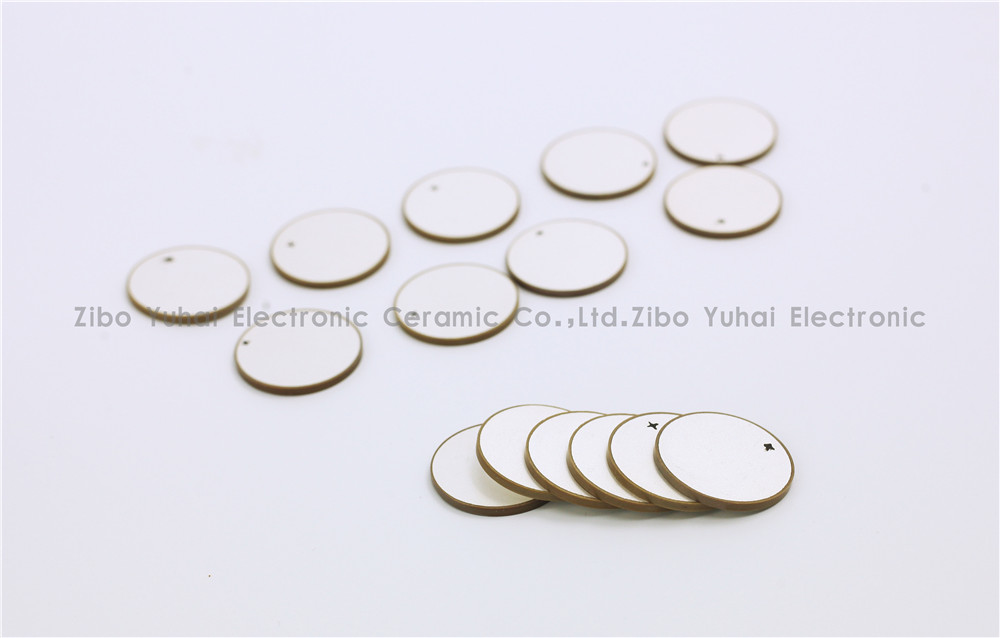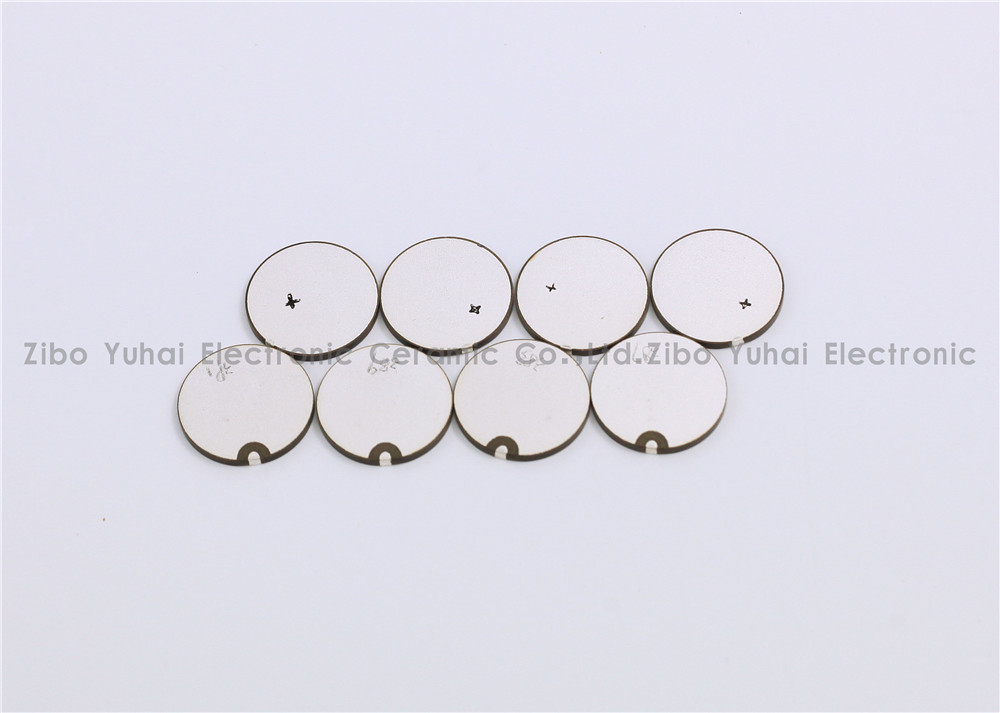There is no bound between OLED basic research and applied research
Organic light-emitting diodes (OLEDs) are currently the most attractive and fastest-growing direction in the field of organic optoelectronics research. In October 2008, China's first OLED large-scale production line independently designed and built was officially put into operation. The completion of the production line was rated as one of the 10 major technological advances in China by the Science and Technology Herald. In the same month of the same year, the former vice chairman of the National People's Congress and former Chairman of the China Association for Science and Technology Zhou Guangzhao inspected the production line and had a conversation with the project leader and professor of Tsinghua University Qiu Yong. Qiu Yong said: "By talking with Mr. Zhou and combining with my own research practice, I have a clearer understanding of the relationship between basic research and applied research. Any subject has basic research content and applied research content, but The two cannot be separated."
He is also the director of the Key Laboratory of Organic Optoelectronics and Molecular Engineering of the Ministry of Education of Tsinghua University, and the team leader of the “Eleventh Five-Year Plan†863 new flat panel display technology project, and Qiu Yong, the chief scientist of Visionox, in the third in 2010. The "Frontier Science" published "The Progress and Development Trend of Organic Photoelectric Materials". The article pointed out: "The rapid development of organic optoelectronics in the past decade has been largely due to the close integration and mutual promotion of basic research and applied research." "But the research on domestic organic optoelectronics has a certain degree of disconnection between basic research and industrial application." “The combination of foundation and application is a common phenomenon in the high-tech field, especially for some emerging frontier interdisciplinary fieldsâ€. In view of the fact that there is no disconnection between research and application in some developed countries in the world, Qiu Yong explained: "This is because the research work of developed countries in the West is not only in universities and research institutes, but also in enterprises, especially multinational corporations. The research power of enterprises is still very weak overall."
Taking display technology development as an example, Qiu Yong pointed out that user demand and industrial demand are not only for applied research, but also for new research on basic research. The combination of basic research and industrial application can promote the common development of disciplines and industries.
Seize the opportunities for innovation in the competition and accelerate the application process of new technologies
“The vast majority of research is ultimately oriented to social development and social needs. For example, the length of time between the issuance of the Nobel Prize and the initial discovery often depends on whether the results are widely used or whether their application value is obtained. Confirmed." Qiu Yong said, "In the current social science and technology history, new frontier disciplines are constantly emerging. There are often multiple technologies in the same field. The entities involved in competition (universities, research institutions, enterprises) are also coming. The more it leads to the development of science from basic theoretical research to technology development to application, the process is greatly shortened, and sometimes there are cases where the application of technology precedes the theoretical problem."
After years of research in the field of organic light-emitting diodes (OLEDs), Qiu Yong deeply felt the impact of technological changes on discipline research. He said: "From thick to thin, from bulky to light, from cathode ray tube (CRT) to thin film transistor (LCD), flat panel display technology has ended the CRT era. Unlike the original CRT, the flat panel display era is currently based on LCD technology. Mainstream, but there are still other technologies such as plasma display technology (PDP), organic light-emitting display technology (OLED), and laser projection display technology."
In Qiu Yong's view, the current situation in which multiple technologies coexist and compete with each other can not only promote the further development of various technologies, but also show that products are more perfect. The development and application of OLED technology actually reflects the emerging discipline of organic optoelectronics. development of.
“For a certain technology and industry, innovation has an active period. During the active period, the technology and industrial structure are not completely determined. Although the risks are large, the opportunities for occupying the top of the future technology and industrial structure are greater. Technology tends to be mature, and industrial development will remain relatively stable. In this case, it is very difficult to achieve transcendence. China has long introduced CRT production technology, and the color TV industry is big but not strong. The reason is that we have lost the opportunity of technological innovation. "There is no determination to invest in technological innovation. Therefore, forward-looking layout is particularly important for technologies and industries that are active in innovation." Qiu Yong said, "and OLED technology is currently in such an active period of innovation. Because of the application prospect of OLED in high-definition and ultra-thin TV sets, the application prospect of OLED in planar, high-efficiency and environmentally-friendly lighting sources has just begun to emerge.†Since 1996, Qiu Yong has led the team to actively carry out the technology and development mechanism. Exploration: Combine school laboratory research with the development of enterprise R&D centers; solve a series of The key technology problem, invented a series of innovative materials and devices; solved many environmental interference problems in the application process of the product, the product was successfully applied to China's "Shenqi" extravehicular space suit, creating an international application of OLED display to The first in the aerospace field.
Technology applications will deepen understanding of core issues and promote the development of basic research
Conventional semiconductor devices are based on inorganic semiconductor materials typified by silicon. In 1987, Deng Qingyun and others of Kodak Company used the multilayer film structure of organic compounds to obtain organic light-emitting diodes with high luminous efficiency, high brightness and low driving voltage for the first time. This breakthrough has made the academic community and the industry deeply aware of such a change: in addition to inorganic semiconductor materials, there is a new class of organic semiconductor materials.
“However, how do these organic molecules transport electrons or holes? How can we design organic semiconductor materials with excellent comprehensive performance? In addition, flexibility may be the biggest difference between organic materials and inorganic materials, but how to achieve flexibility. The process of preparation and the realization of flexible devices? These problems are not only technical problems, but also need to achieve breakthroughs in basic theory." Qiu Yong told reporters that with the practical application of OLED industry and other organic semiconductor devices, there are many sciences in organic optoelectronics. The problem needs further study. Not only that, but the development of the industry also puts higher requirements on organic compound semiconductor materials, organic electronic devices, and manufacturing equipment.
"For researchers, the most important thing is to grasp the core issues, that is, the direction of research. The in-depth understanding of the application process of technology helps researchers grasp the core issues of technology and help to understand the subsequent research directions. Basic research aimed at achieving application value and basic research aiming at publishing papers are two completely different research ideas." Since the establishment of the enterprise R&D center in 2001, Qiu Yong promoted and established organic in Tsinghua University in 2003. Key Laboratory of Photoelectron and Molecular Engineering of the Ministry of Education and Director of the Laboratory. It can be said that more than 200 international and domestic patents reflect Qiu Yong's achievements in applied research, and more than 100 international academic papers reflect their achievements in basic research.

Piezoelectric ceramic disc
Quick delivery
High performance
Application: flow meter measurement
There are many kinds of USF used in closed pipeline according to the measuring principle, and the most commonly used are propagation time method and Doppler method. Among them, time difference ultrasonic flowmeter is used to measure fluid flow by the principle that the time difference of sound wave propagating downstream and countercurrent is proportional to the velocity of fluid flow. It is widely used in raw water measurement of rivers, rivers and reservoirs, process flow detection of petrochemical products, water consumption measurement of production process and other fields. According to practical application, time-difference ultrasonic flowmeter can be divided into portable time-difference ultrasonic flowmeter, fixed time-difference ultrasonic flowmeter and time-difference gas ultrasonic flowmeter.
Ultrasonic flow-meters use at least two transducers aligned so that ultrasonic pulses travel across the flow of liquid or gas in a pipe at a known angle to the flow.
Technical data:
Electromechanical coupling coefficient Kp: > 0.62
Dielectric Loss tg δ: <2%
Nominal Piezo discs for ultrasonic flowmeter:
OD14.2*1MHz PZT-51
OD14.6*1MHz PZT-51
OD15*1MHz PSnN-5
OD15*2MHz PSnN-5
OD20*1MHz PSnN-5OD20*2MHz PSnN-5
OD15*1MHz PZT-51
OD15*2MHz PZT-51
OD20*1MHz PZT-51OD20*2MHz PZT-51
Size, Frequency and Electrode on request.


Piezoelectric Discs For Flowmeter Sensor
Piezoelectric Ceramic Disc,Piezoelectric Discs For Flowmeter Sensor
Zibo Yuhai Electronic Ceramic Co., Ltd. , http://www.yhpiezo.com
